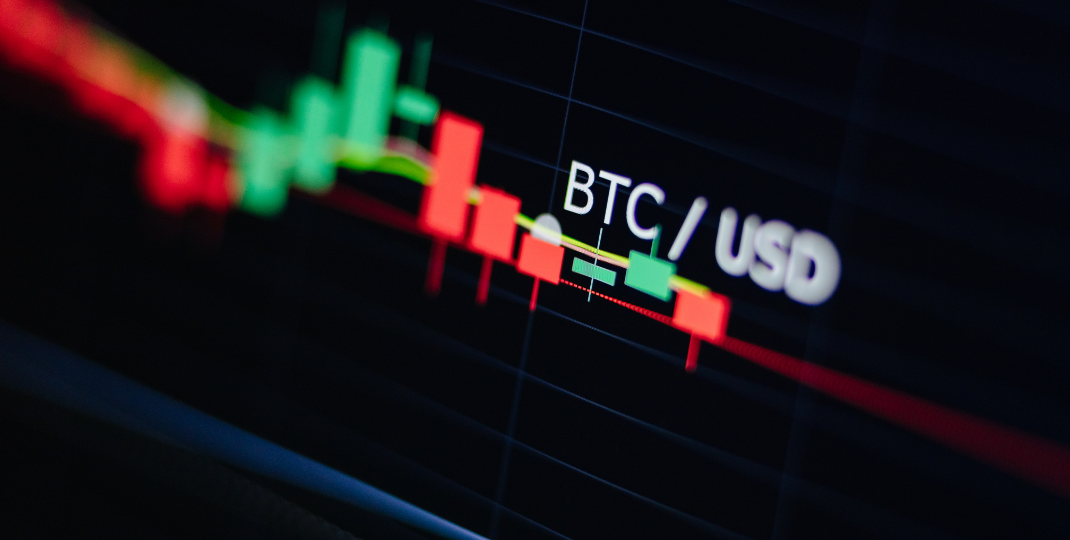Cell-free protein synthesis (CFPS) is a powerful technique that allows the production of proteins in a test tube or reaction mixture, without the need for intact cells. This approach enables researchers to bypass the complexities associated with culturing and maintaining living cells, offering numerous advantages such as increased speed, flexibility, and control over protein production. By harnessing the natural machinery of transcription and translation present in cells, CFPS systems can be tailored to produce a wide range of proteins for various applications, including biotechnology, drug discovery, and fundamental research. The development of efficient CFPS platforms has revolutionized protein synthesis, providing an alternative and highly versatile method for producing proteins in a laboratory setting.

How much does it cost to set up a CFPS system?
The cost to set up a CFPS system can vary depending on various factors such as the desired scale, complexity, and specific requirements. Generally, it involves purchasing or building equipment like a cell-free extract preparation system, purification systems, reaction vessels, and necessary reagents, which can range from a few thousand to several hundred thousand dollars. Additionally, ongoing costs include maintenance, reagent replenishment, and personnel expenses for running and optimizing the system.

What are the potential applications and market opportunities for CFPS?
CFPS (CFPS) has various potential applications and market opportunities. One prominent application is in synthetic biology, where CFPS can be used to engineer new proteins and biological systems for a wide range of purposes, such as drug discovery, enzyme production, and biomanufacturing. CFPS also enables rapid prototyping and optimization of protein expression without the need for living cells, making it a valuable tool in research and development. Additionally, CFPS has potential in point-of-care diagnostics, where it can be utilized for the on-demand production of proteins for medical testing. The market for CFPS technologies is expected to grow as more industries recognize the benefits and versatility of this technology.
How scalable is CFPS, and what are the associated costs?
CFPS is a highly scalable method as it allows for the production of large quantities of proteins in a short period of time. It can be easily scaled up by increasing the reaction volume or employing multiple reaction vessels simultaneously. The associated costs of CFPS mainly depend on factors such as the type and quantity of reagents used, labor costs, and equipment expenses. However, compared to traditional cellular-based protein synthesis methods, cell-free systems generally have lower costs due to the absence of cell culture requirements and the ability to produce high yields in a shorter timeframe.
Are there any regulatory hurdles or constraints that need to be considered when using CFPS for commercial purposes?
Yes, there are regulatory hurdles and constraints that need to be considered when using CFPS for commercial purposes. These include the need to comply with regulations pertaining to intellectual property rights, biosafety, quality control, and product labeling. Additionally, the use of specific raw materials and reagents may also be subject to regulatory restrictions. It is important for companies to navigate these regulatory frameworks to ensure that their products meet the required standards and are marketable within the legal boundaries.
What is the level of expertise and training required to operate a CFPS system effectively?

Operating a CFPS system effectively requires a moderate to high level of expertise and training. This involves a strong understanding of molecular biology, biochemistry, and protein synthesis mechanisms. The operator should be familiar with the specific cell-free system being used, including its components and reagents, as well as the optimization of reaction conditions. Additionally, troubleshooting skills are essential for identifying and resolving any issues that may arise during the process. Overall, the operator needs to have a comprehensive knowledge base and practical experience to ensure successful and efficient protein synthesis using a cell-free system.

What is the typical timeline for producing proteins using CFPS, and how does this impact the overall financial feasibility?
The typical timeline for producing proteins using CFPS varies depending on the complexity and size of the desired protein. However, in general, it can take anywhere from a few hours to several days to complete the entire process, including DNA preparation, expression, and purification of the protein. This timeline affects the overall financial feasibility as longer production times mean increased labor costs and potentially more expensive reagents and equipment. Additionally, extended timelines may limit the scalability and commercial viability of the CFPS technology. Therefore, optimizing and accelerating the production process is crucial to improve the financial feasibility of this approach.
Is there a significant difference in cost between producing proteins through cell-free cell free protein synthesis protein synthesis compared to traditional methods such as recombinant DNA technology?
The cost of producing proteins through CFPS is generally lower compared to traditional methods such as recombinant DNA technology. Cell-free systems eliminate the need for maintaining complex living cells, reducing overall production costs. Additionally, cell-free systems offer higher yields and faster production times, further contributing to their cost-effectiveness. However, specific cost differences may vary depending on factors such as the scale of production, target protein, and the availability of necessary resources.

Are there any intellectual property considerations or licensing fees associated with using specific CFPS technologies or platforms?

Yes, there are intellectual property considerations and potential licensing fees associated with using specific CFPS technologies or platforms. These technologies and platforms may be protected by patents, copyrights, or other forms of intellectual property rights owned by the developers or companies involved. Users intending to utilize such technologies for commercial purposes may need to obtain licenses from the respective patent holders or technology providers, which can involve payment of licensing fees.
The Advancements and Implications of CFPS
In conclusion, CFPS offers a powerful and versatile tool for the production of proteins without the need for intact cells. This technology has revolutionized the field of protein research and drug development by providing a simplified and controlled system for protein production. With its ability to produce complex proteins rapidly and efficiently, CFPS holds great potential for various applications, including personalized medicine, biomanufacturing, and synthetic biology. Continued advancements in cell-free systems, such as enhanced yield and cost-effectiveness, will further broaden its impact in both academic and industrial settings, making it a promising avenue for future protein engineering and production efforts.
